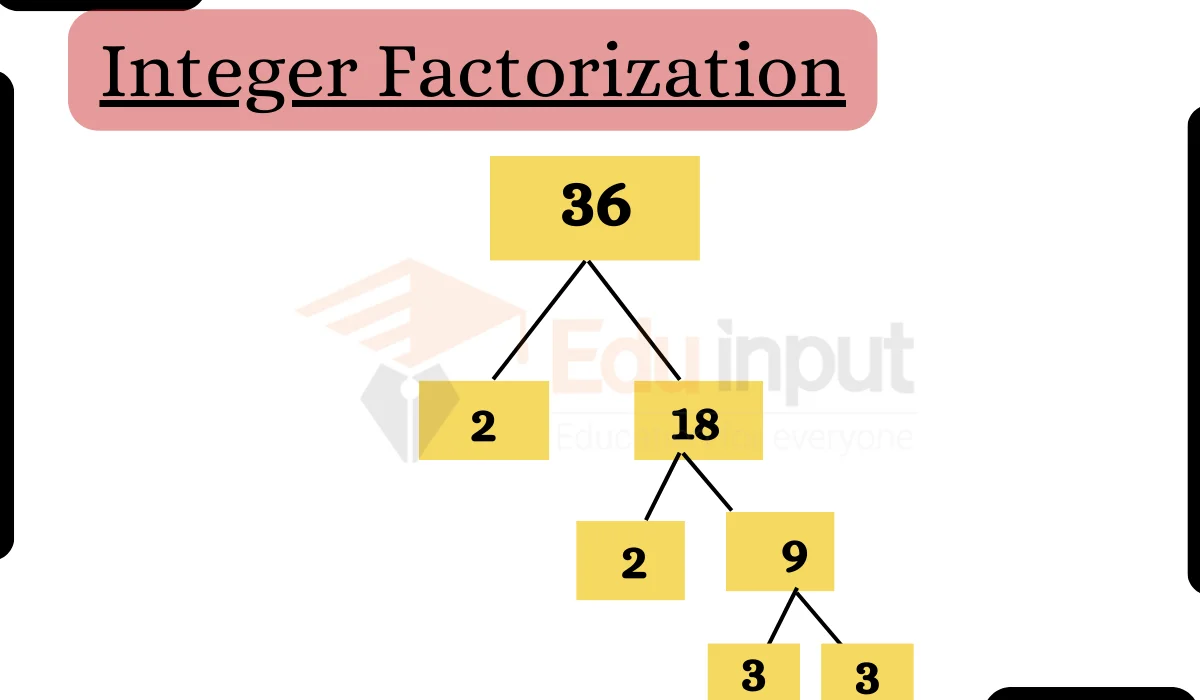Factoring Using the Quadratic Formula
Quadratic formula is a useful tool that allows us to factor quadratic equations into the form
(x – a)(x – b). By factoring quadratics, we can find the solutions or roots of the equation.
In this article, we will discuss factoring using the quadratic formula.
What is the Quadratic Formula?
The quadratic formula states that for a quadratic equation in the form
ax2 + bx + c = 0
the solutions are given by:
x = (-b ± √(b2 – 4ac)) / 2a
Where a, b, and c are the coefficients of the quadratic equation.
To use the formula, we first identify the values of a, b, and c from the given quadratic equation.
Example of Factoring with the Quadratic Formula
Solve the equation x2 + 5x + 6 = 0 using the quadratic formula.
First, identify the coefficients ‘a,’ ‘b,’ and ‘c’ from your quadratic equation,
a = 1, b = 5, c = 6
Plugging into the formula:
x = (-5 ± √(25 – 4(1)(6))) / 2(1)
Simplifying:
x = (-5 ± √(25 – 24)) / 2
x = (-5 ± 1) / 2
Find the Roots:
x1 = (-5 + 1)/2 = -4/2 = – 2
x2 = -5-1/2 = -6/2 = -3
So, the roots of the quadratic equation are -2 and -3.
FAQs
What are the steps for factoring with the quadratic formula?
Identify a, b, and c from the quadratic equation ax2 + bx + c = 0
Plug a, b, and c into the formula: x = (-b ± √(b2 – 4ac)) / 2a
Simplify the formula with the given values
The resulting factors will be in the form (x – a)(x – b)
When should you use the quadratic formula?
Use the quadratic formula when you need to factor a quadratic equation that cannot easily be factored otherwise. It provides a straightforward way to find the linear factors.
What are some examples of when factoring quadratics is useful?
Finding the zeros, x-intercepts, or solutions of a quadratic
Rewriting a quadratic into vertex form
Graphing parabolas and analyzing their key features
Solving quadratic inequalities and systems
Simplifying rational expressions






Leave a Reply